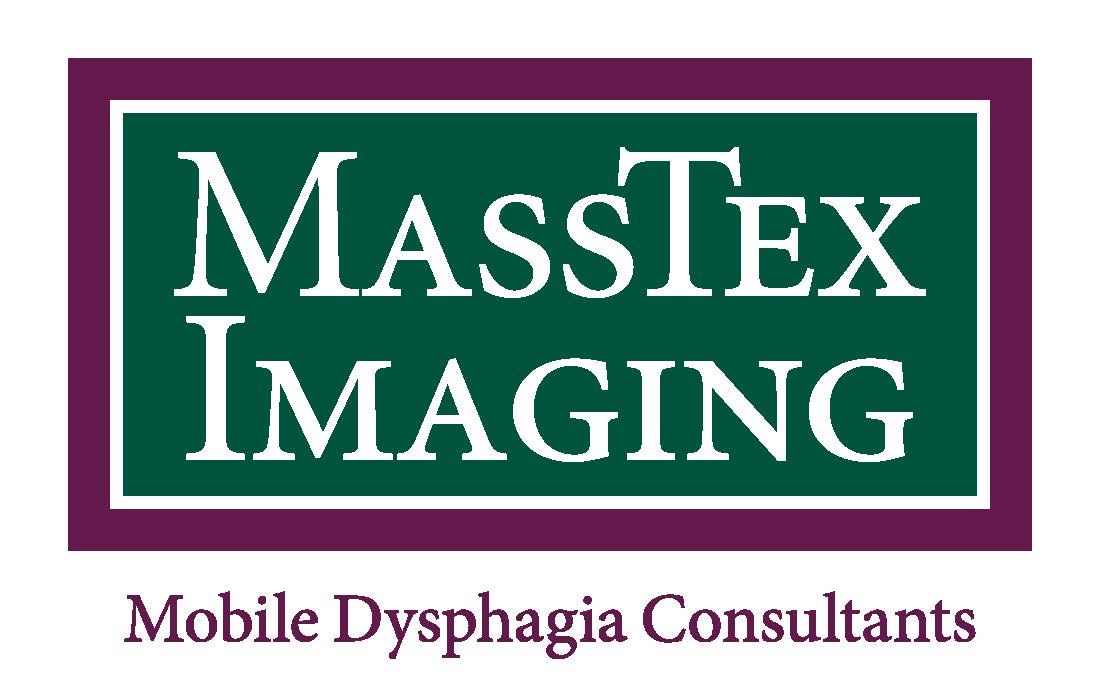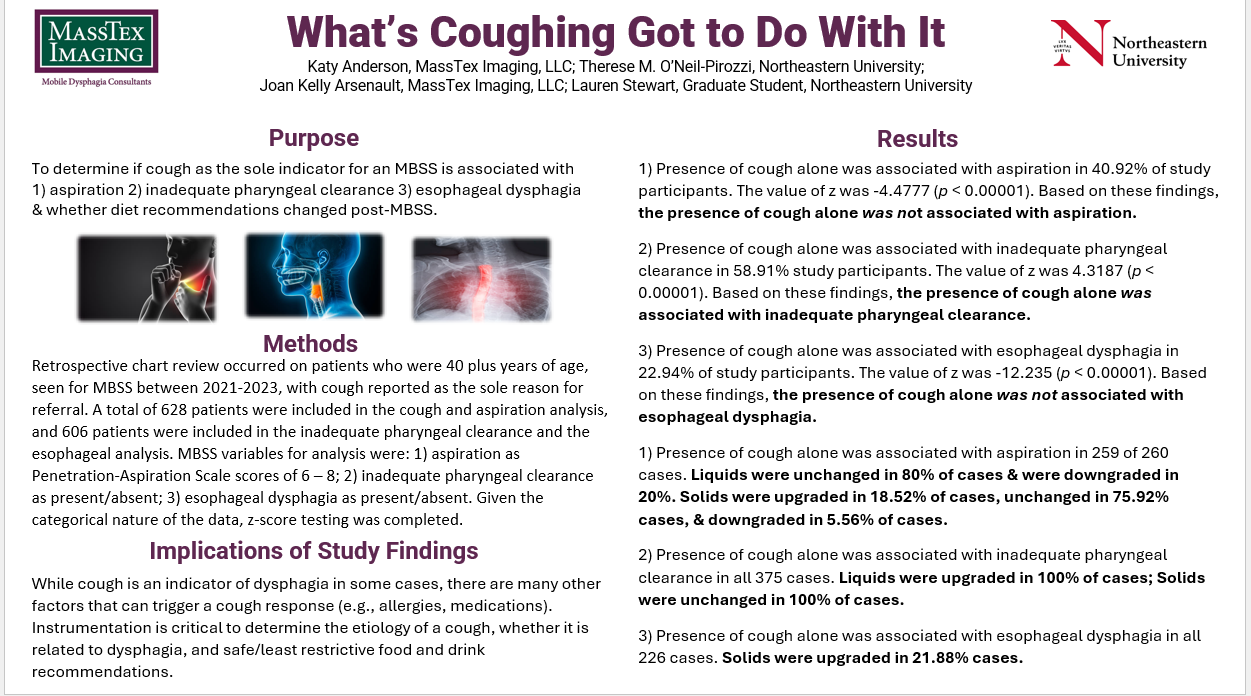FREE Dysphagia In Services
We offer free in services on the “Ins and Outs of Dysphagia Management” as well as International Dysphagia Diet Standardization Initiative (IDDSI). If you are interested in having Joan Kelly Arsenault, MA, CCC-SLP BCS-S present at your facility/agency, please contact joan@massteximaging.com.
MTI Speaks at Graduate Student Programs
Have your students learn from our experts and tour the mobile medical van! We are pleased to guest lecture at your request. Please contact joan@massteximaging.com
MassTex Imaging MBSS Pictures Featured in Essentials of Communication Sciences & Disorders by Paul T. Fogle. PH.D., CCC-SLP Professor Emeritus
Click for Excerpt of Chapter 18
Click here for the Essentials of Communication Sciences & Disorders book.
Published Works
Comfort Food by Joan Kelly Arsenault, MA, CCC-SLP, BCS-S and Jane G. R. Musgrave, MS, OTR/L, ASHA Leader | 10-2015






